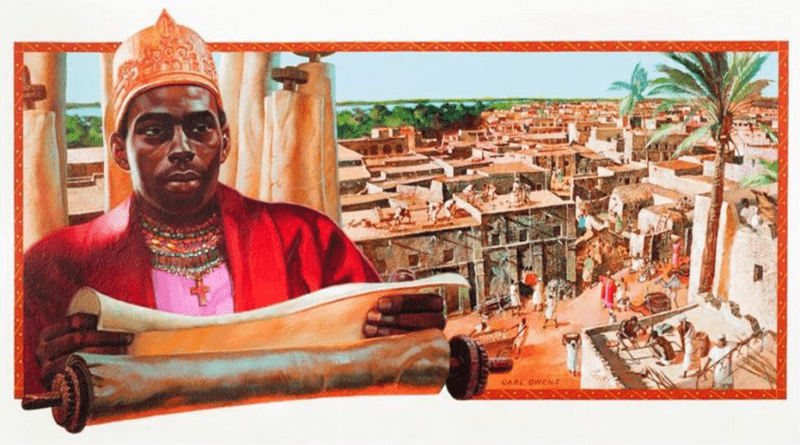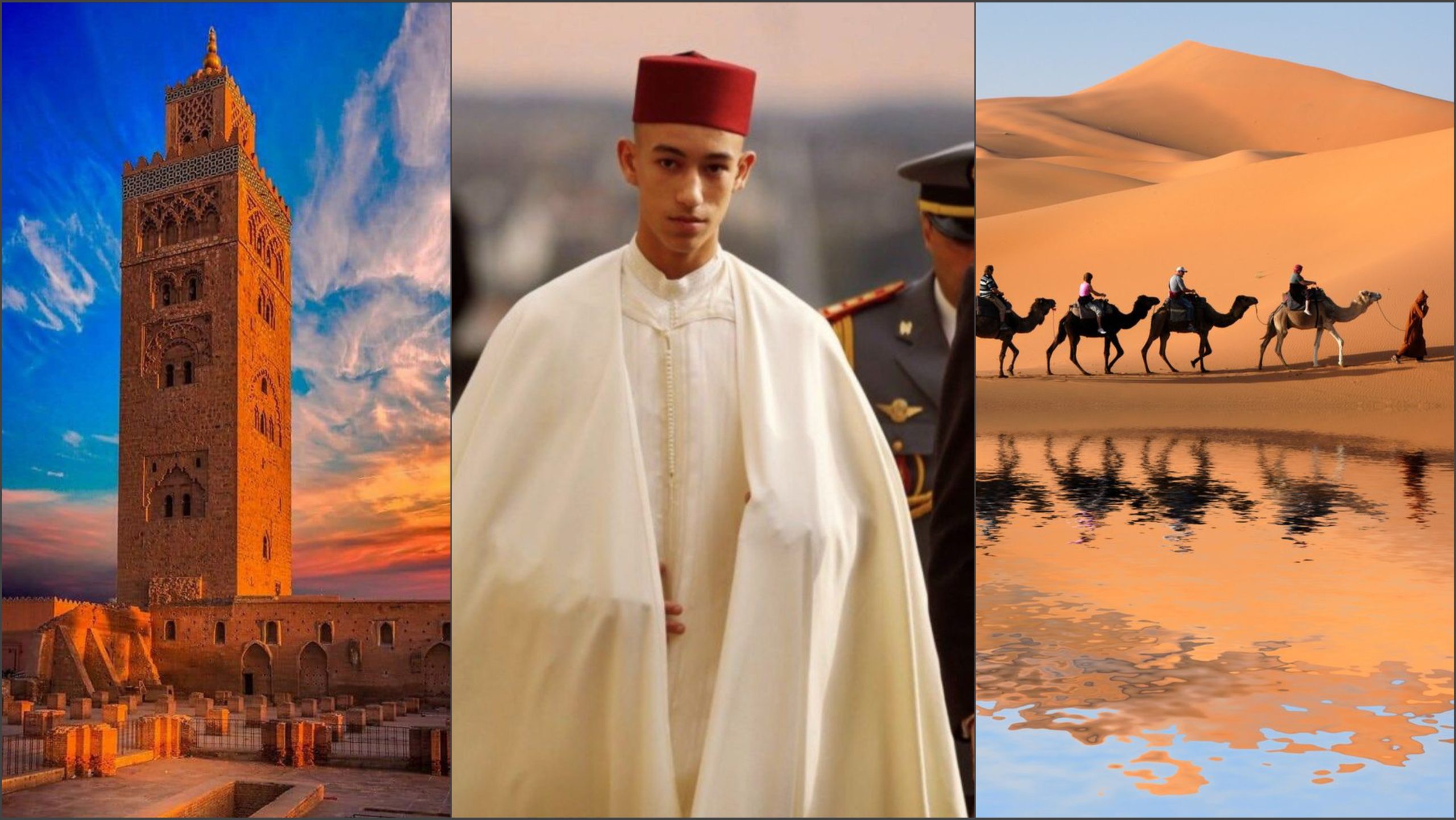Let us remember that African communities did not sit back and watch in glee but they fought back.
The Liverpool Museum website features a firsthand account of the story of an African boy, Ouladah Equiano violently forced into a lifetime of slavery. It reads partially, “Generally, when the grown people within the neighborhood were gone far within the fields to labor, the youngsters assembled together in a number of the neighbors’ premises to play, and commonly a number of us wont to rise up a tree to seem out for any assailant or kidnapper which may encounter us; for they often took those opportunities of our parents’ absence to attack and carry off as many as they might seize.
One day, when all our people were gone bent their works as was common, and only I and my dear sister were left to mind the house, two men and a lady got over our walls, and during a moment seized us both, and without giving us time to exclaim, or make resistance, they stopped our mouths, and ran off with us into the closest wood.”
The young man was thus taken from his country and brought to lands he had not seen before, sold for a hundred and seventy-two white shells and after six to seven months, received the ocean coast.
Tons of Africans were kidnapped during this manner, others captured in battles, some sold off into slavery as payments for debts, and more sold as a punishment for crimes committed.
They were then traded for goods which reduced them to no quite a commodity.
The story of most African-Americans starts during a setting quite almost like Olaudah Equiano’s in Western Africa. it’s a story of violence and dehumanisation which will never be forgotten or pushed under the rags of conciliatory denial.
Beginnings
The Portuguese are remembered because the first people to start out enslaving Africans. They took Africans to Europe and therefore the Spanish joined the growing industry, taking Africans to America in 1503.
This marked the start of what was a macabre commercial enterprise dealing in people.
BBC says, “Traders would export manufactured goods to West Africa where they might be exchanged for slaves from African merchants.
The slaves were then transported across the Atlantic and sold for huge profits within the Americas.” it had been an illustrious business that made many of us but the victims rich. Traders in Africa were enriched even as merchants from the West also benefited.
What has been forgotten is how African communities resisted the trade persons. The deliberate omission is an effort to form the communities that remained culpable during a dirty system that only stole their loved ones from them.
The Untold Story of Resistance
It is an incontrovertible fact that there have been certain African communities that worked hand in hand with Europeans to sell prisoners of war, criminals, and even kidnap slaves for goods.
Not much is then said of the resistance of such communities as Benin in what’s now Southern Nigeria, and therefore the Fante people of recent Ghana. Africa Speaks says Fante leader King Ansah had his people await ships and prevented them from coming ashore.
In Benin, the people killed Europeans on sight while leaders in other parts of Africa only realized too late that the slave traffic was really just exploitation and that they gained little from it.
A Congolese king, Nzinga Mbemba wrote letters to the Portuguese after being awakened to the evil of slavery. In one letter he wrote, “That is why we beg of Your Highness to assist and assist us during this matter, commanding your factors that they ought to not send here either merchants or wares, because it’s our will that in these Kingdoms there shouldn’t be any trade of slaves nor outlet for them.”
Leaders like Mbembe were naive realized late into the trade that they were being compromised but others categorically resisted from the onset. The Schomburg Center for Research in Black Culture says, “Africans began to fight the transatlantic slave traffic as soon because it began.
Their struggles were multifaceted and covered four continents over four centuries. Still, they need often been underestimated, overlooked, or forgotten.”
Abdel Kader Kane, a Muslim leader of the Futa Toro region in Northern Senegal is renowned for having resisted the slave traffic.
When the French took three children in his jurisdiction, Kane sent a letter to the governor that said, “We are warning you that each one those that will come to our land to trade (in slaves) are going to be killed and massacred if you are doing not send our youngsters back.
Would not somebody who was very hungry abstain from eating if he had to eat something cooked together with his blood? We absolutely don’t want you to shop for Muslims under any circumstances. I repeat that if your intention is to always buy Muslims you ought to stay home and not come to our country anymore. Because all those that will come are often assured that they’re going to lose their life.”
Communities relocated to defensive locations, left paths to villages overgrown, and within the case of Olaudah Equiano, children took turns to protect one another . it had been not enough. There remained corruptible individuals whose greed overpowered their humanity. These bad seeds helped perpetuate the dehumanization of fellow black men and ladies.
They set in motion a cycle of events that left many black men cursed with no other history but exploitation and oppression. However, let it’s remembered that African communities didn’t sit back and watch in glee; they fought back. Source: The African Exponent
 The African History Truly African
The African History Truly African

